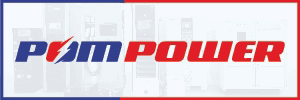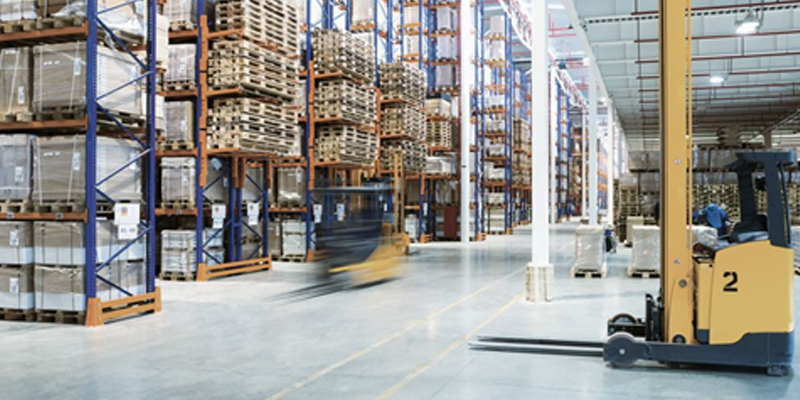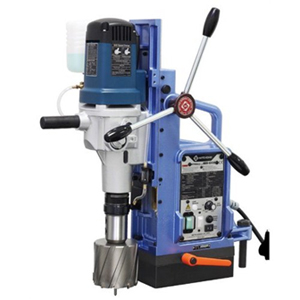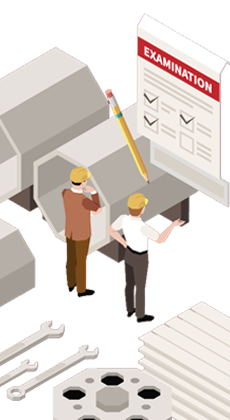Schedule a Call Back
Low-emission brake disk: Best practice in data-driven produc
 Articles
Articles- May 28,25
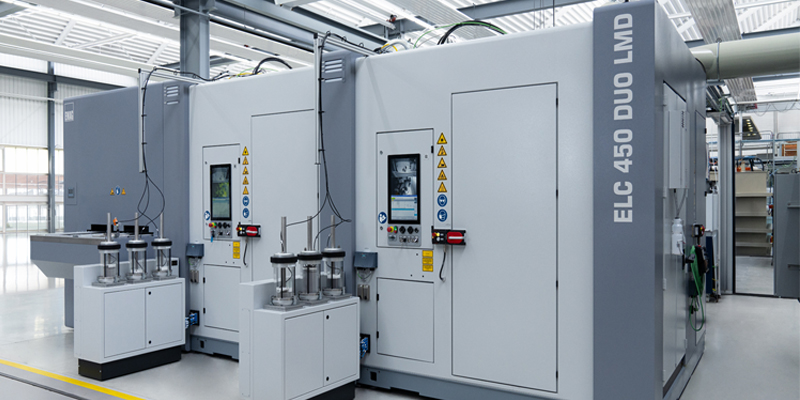
Related Stories

Building the energy workforce of the future: Technological skills and leadership
The Climate Change Committee projects that by 2030, low-carbon industries could create between 135,000 and 725,000 new jobs. The energy industry will need a workforce that’s tech-smart, adaptable,..
Read more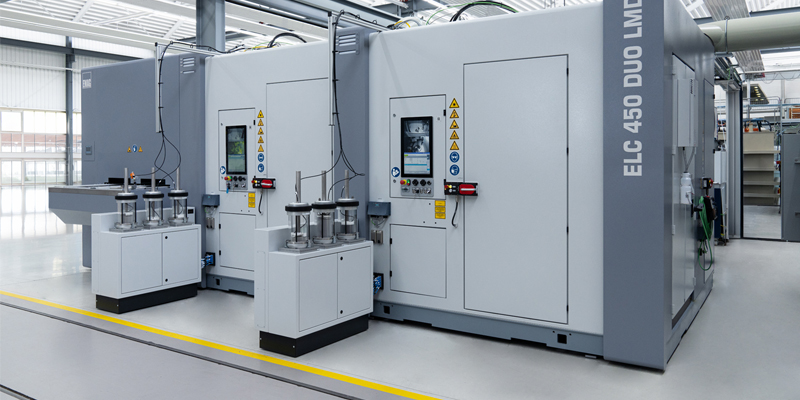
Low-emission brake disk: Best practice in data-driven production
Eurozone's decision to equip new car models with low-emission braking systems from next year represents a technological leap for the manufacturing industry
Read more
Balancing sustainability and compliance in pharma industry with HVAC solutions
HVAC systems account for more than 50 per cent of total energy consumption in cleanrooms. Kishor Patil of Trane Technologies explores how energy-efficient HVAC systems can help pharmaceutical compan..
Read moreRelated Products
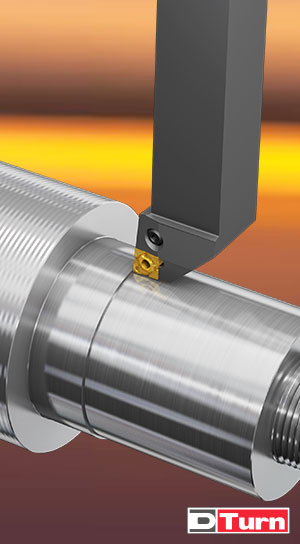
Turning Tools
Duracarb Cutting Tools offers a wide range of Turning
Tools.
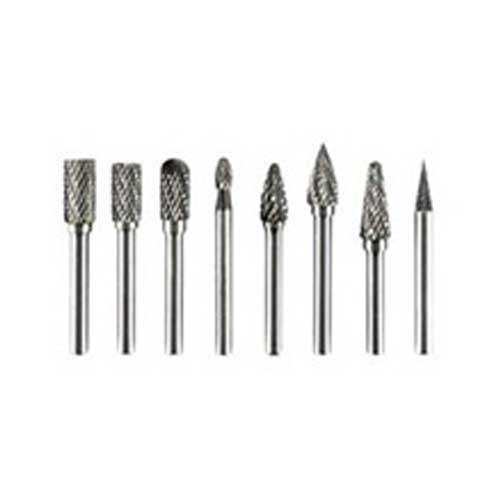
Carbide Burrs
SRT Industrial Tools & Equipments offers a wide range of carbide burrs.
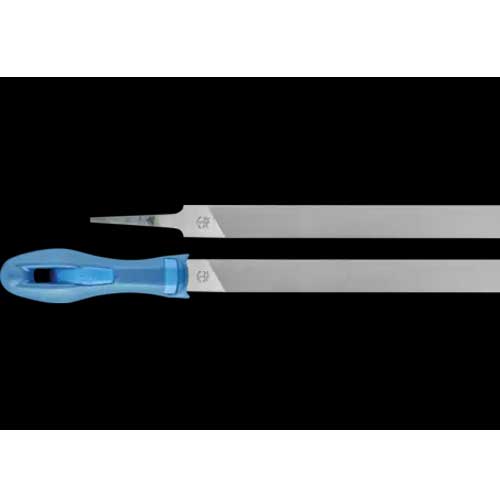
Mill Saw Files Hand
PFERD offers a wide range of mill saw files hand.


